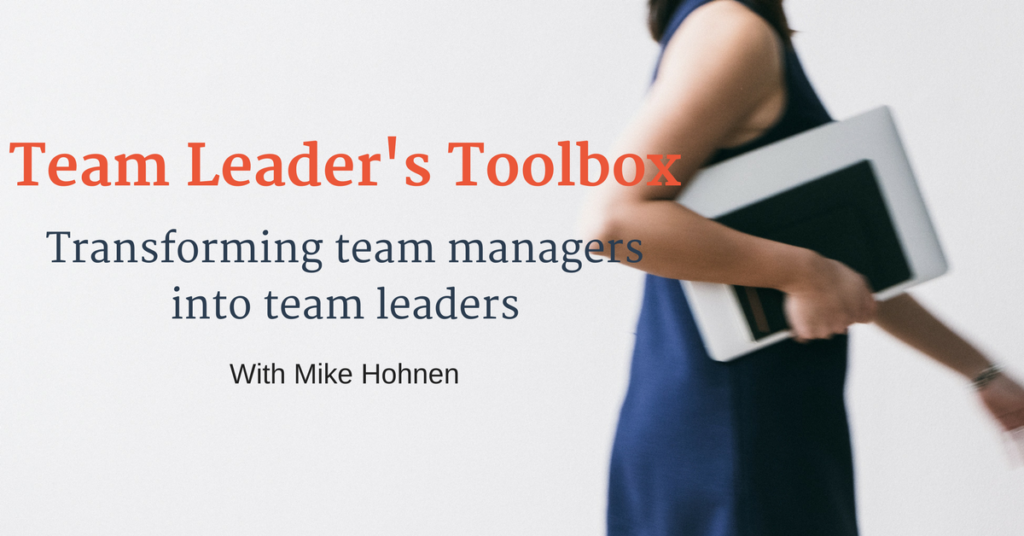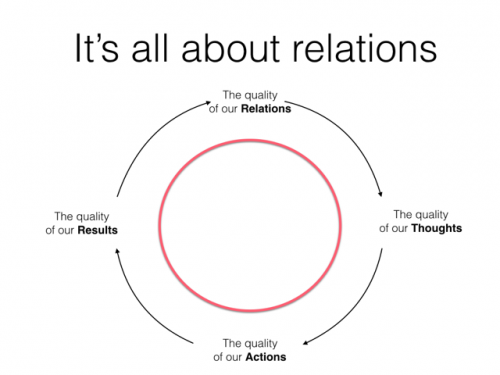
The past weeks, we have been looking at the employee experience. If we buy into the whole concept of the Service Profit Chain, it makes perfect sense that creating a great employee experience will help us create the best possible guest experience.
So let’s explore another element of the employee experience.
At a very basic level, we all have a need to feel safe. Only when we feel safe can we do our best work – if we feel anxiety in some form or the other, our system directs our resource toward coping with whatever we feel as a threat and, at a very deep level, tries to answer the question: Fight, Flight or Freeze? Obviously none of these modes are conducive to producing great customer experience or anything else for that matter.
When we dissect great customer experiences, most of them are the result of one of our team members deciding to do something ‘different’ in a given situation. The guest’s situation does not fit ‘the script’ and there is a need for an improvised solution. The last thing that guest wants to hear is “Sorry, we can’t do that”. But in order for our frontline staff to produce those creative alternatives that win us customers for life, they need to feel safe.
A good team is a great place to be, exciting, stimulating, supportive, and successful. A bad team is horrible, a sort of human prison. – Charles Handy
That is also confirmed by research from Google where they have identified psychological safety as the number one driver of great team performance. Teams that experience a high degree of psychological safety outperform teams that don’t.
But what does psychological safety actual entail?
The research breaks it down into four components:
- Tribe – A sense of belonging
- Expectations
- Hierarchy – what are the roles
- Autonomy
So in simple terms, that means it is important that everyone feels included, that we set clear expectations and that we try and limit the surprises; that there is not an excessive focus on authority and positions – and finally the ultimate motivator: do I get to have a say in how I do my work? (Not what I do, that is a management decision, but how I do it.)
This is all fairly easy to understand and makes perfect sense to most of us. But how do you as a busy team leader actually do that?
Well it so happens that there is a very nifty way to approach this. It is called the high performance team model and I plan to explain how it works in details on my next managers workinar*.
If you have this approach in the back of our head as you tackle your day, you will notice a marked difference in team performance.
* I have a new online training out on this: The Team Leaders Toolbox – check it out
__________________________________________________________
This is the 13th article in a series on how to lead as a first time manger. If you would like to know more, check out other articles of the first time manager series:
- How are you supporting your first time managers?
- The big leap… from team member to team leader
- First time manager – The challenges
- Direction, Alignment & Commitment in 4 easy steps
- How your relations affect your results
- Powerful or powerless, what do you prefer?
- Behaviour
- Conversations, not small talk
- Take charge of your energy levels!
- You won’t get results by pussyfooting around the issues!
- What drives a fabulous employee experience?
- Employee experiences and why you need to focus on consequences









